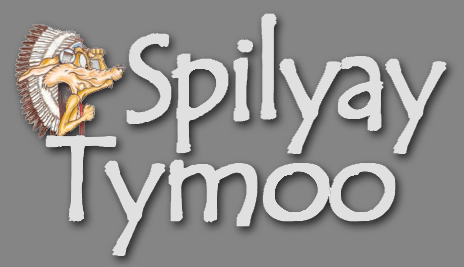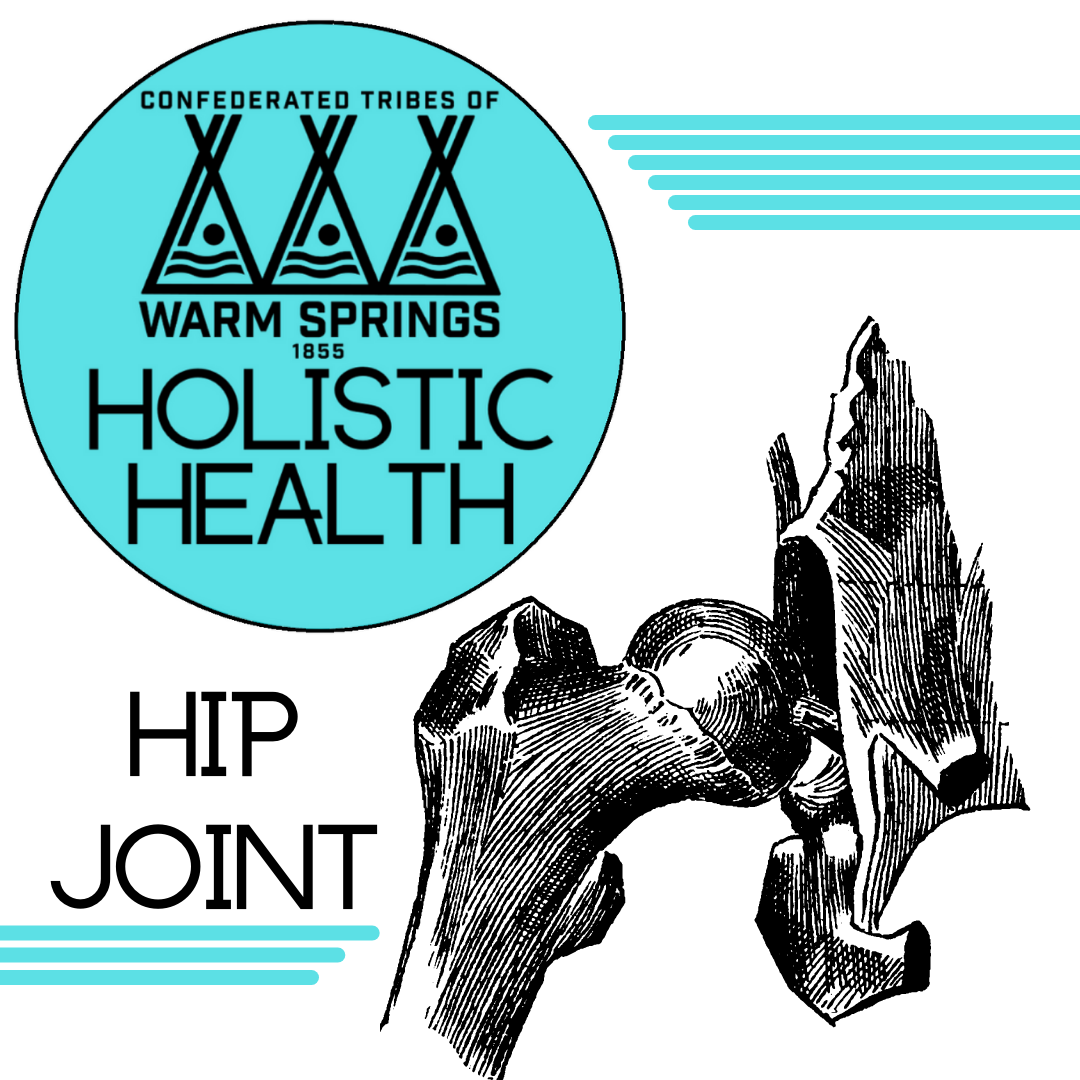by Alicia Oberholzer PT, DPT, OCS
The hip joint is what connects the femur (upper leg bone) to the pelvis. It is referred to as a ball-in-socket joint. The ball portion is the top of the femur and the socket is a cup shaped structure on the outside of the pelvis called the acetabulum. This connection is key in stability, weight bearing, standing, and walking.
The hip joint allows for six different motions which are carried out by various muscles. Some muscles even perform more than one movement.
-
Flexion: This is moving the leg forward in a kicking motion. Involved muscles are mostly on the front of the hip and include iliopsoas, rectus femoris, sartorius, and pectineus.
-
Extension: This is the action of moving the leg behind the body. Muscles that facilitate extension are on the back side of the hip and include the gluteus maximus and the hamstrings.
-
Abduction: This motion of the leg is out to the side, away from the body. Muscles on the outside of the hip carry out this movement and include the gluteus medius, gluteus minimus, piriformis, and tensor fascia latae.
-
Adduction: Adduction means moving the leg in towards the midline of the body. Muscles involved include the adductor group, pectineus, and gracilis.
-
Internal Rotation: This is the action of rotating the leg in towards your midline. Muscles involved include the gluteus medius, gluteus minimus, and tensor fascia latae.
-
External Rotation: External rotation means rotating the leg out away from your body. Muscles that facilitate this movement include gluteus maximus, biceps femoris, piriformis, obturators, gemelli, and quadratus femoris.
Hip Exercise of the Week: Bridge
-
This exercise primarily calls upon muscles from the core and hips. Hip muscles that are active during this exercise include the gluteus maximus, gluteus medius, gluteus minimus, and hamstrings.
-
To perform, start by lying on your back with your knees bent. Feet should be about hip width apart. Tighten your abdominal muscles. Slightly lift your toes so that you are pushing into the ground with your heels. Next, raise your hips up towards the ceiling while squeezing your glutes. Ideally, you should be able to draw a straight line from your shoulder to your knee when your hips are elevated. Slowly lower and repeat.
-
Variations: To make the exercise more difficult, try longer holds, placing a looped exercise band just above your knees, placing a weight across the front of your pelvis, or lifting with one leg only while the other stays completely straight.
For more information about the hip, please feel free to reach out to the Physical Therapy Team at Warm Springs Holistic Health for more information.


